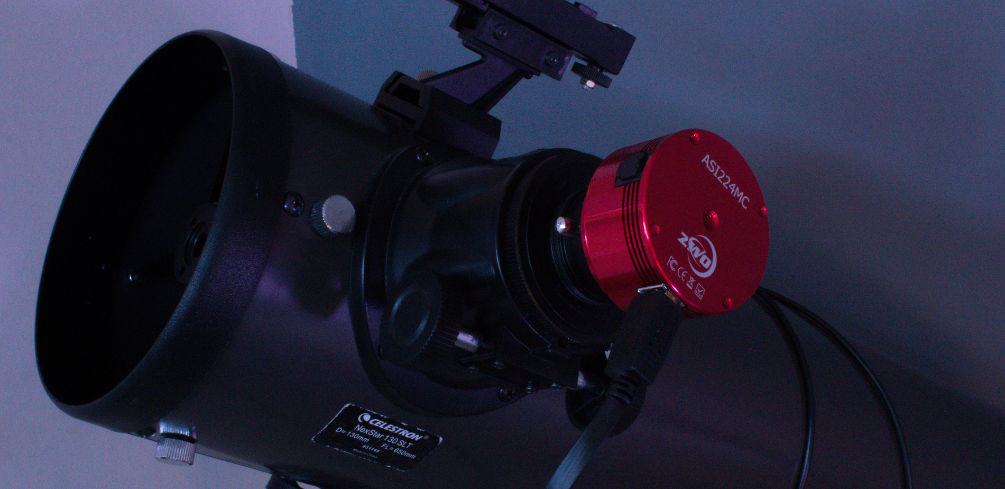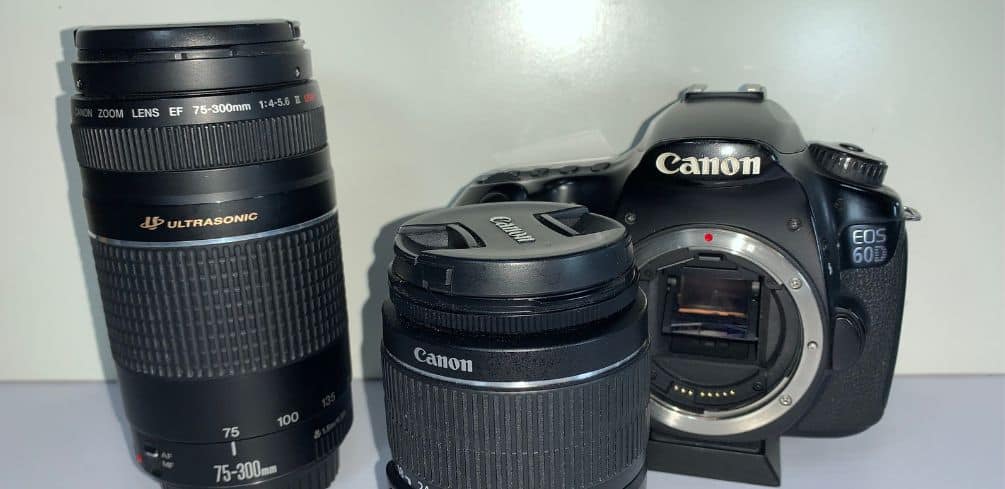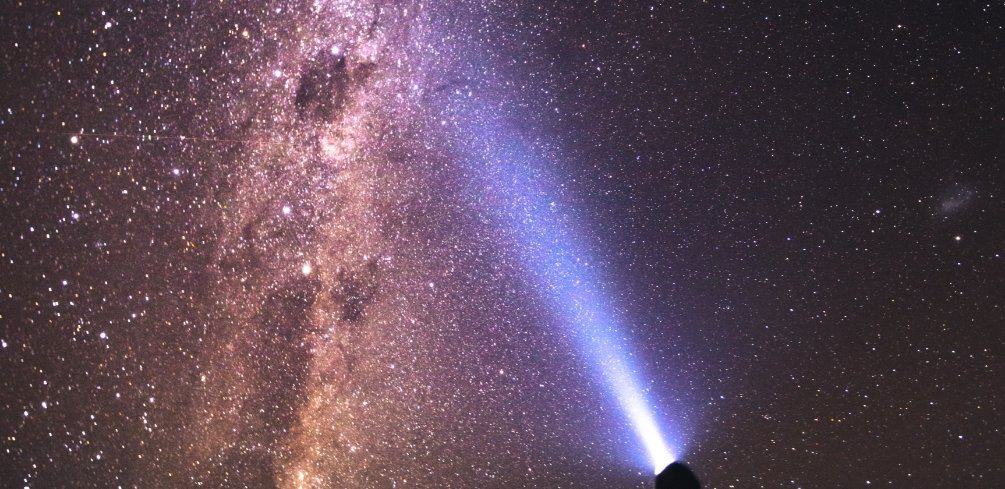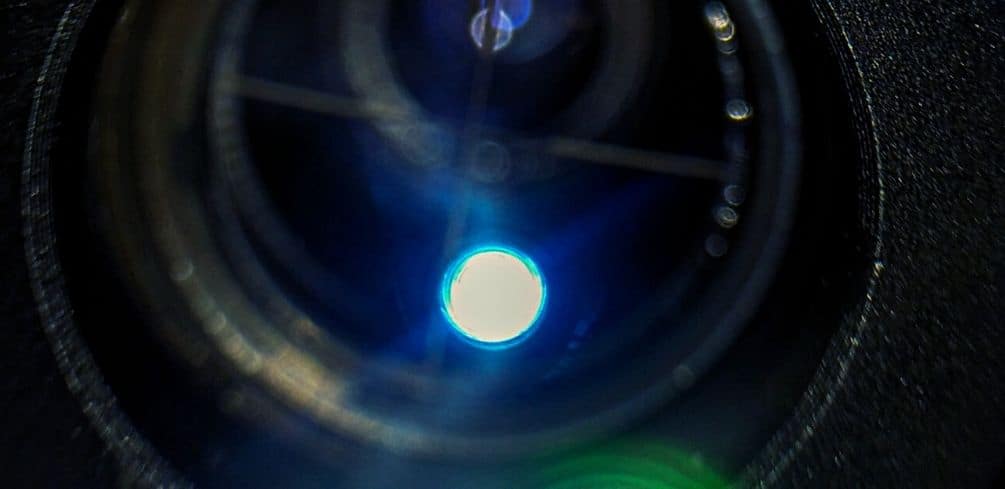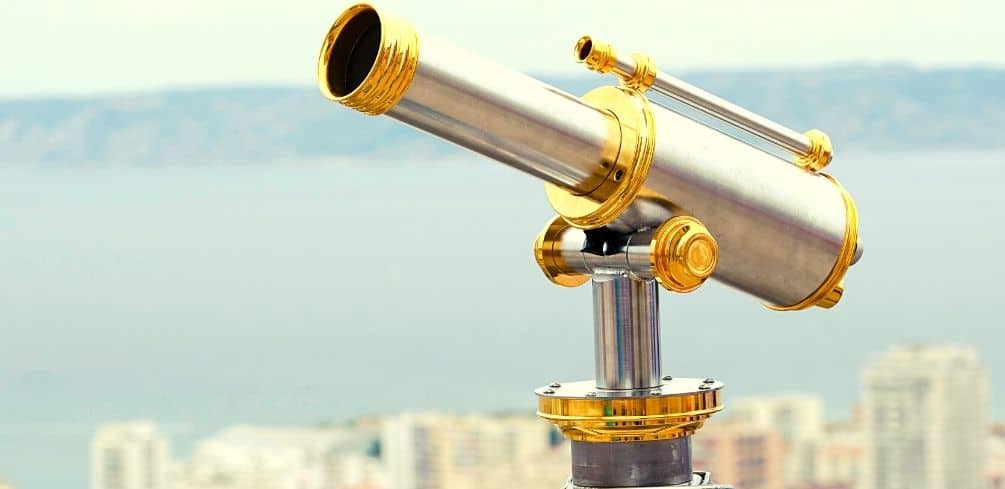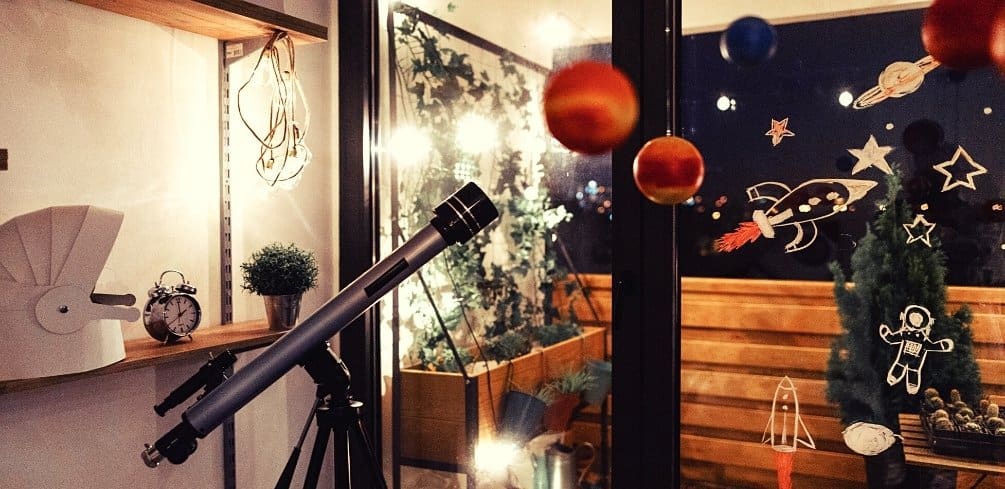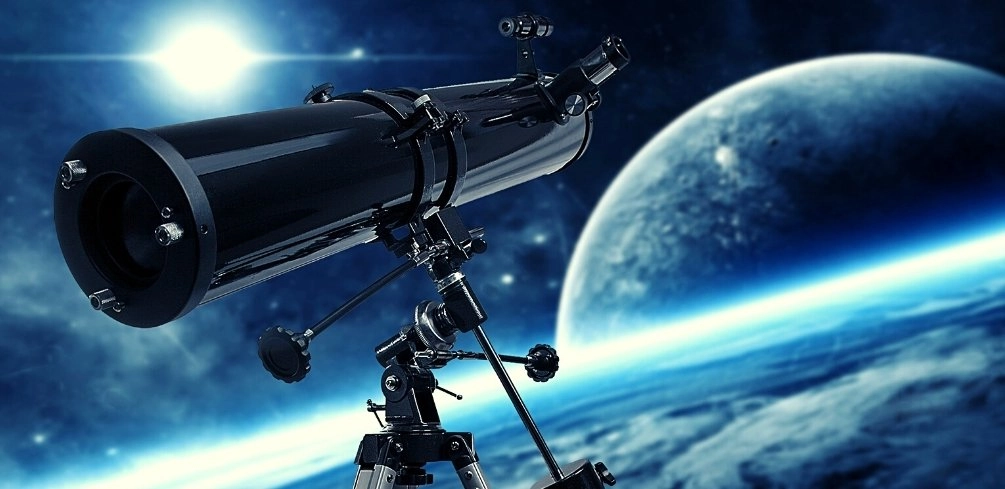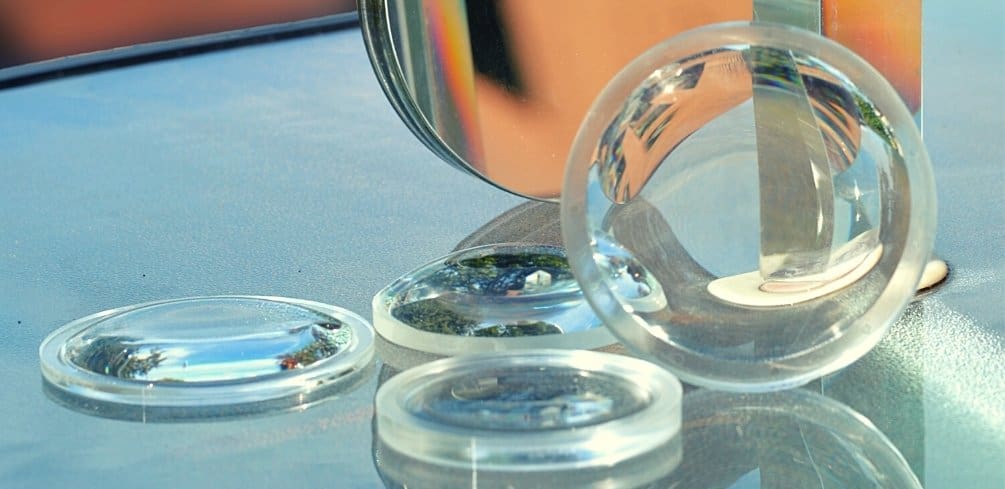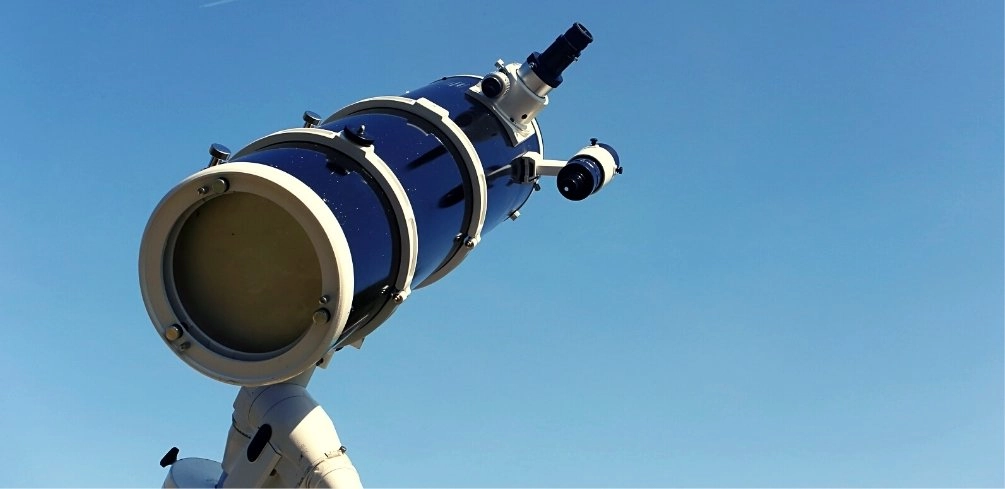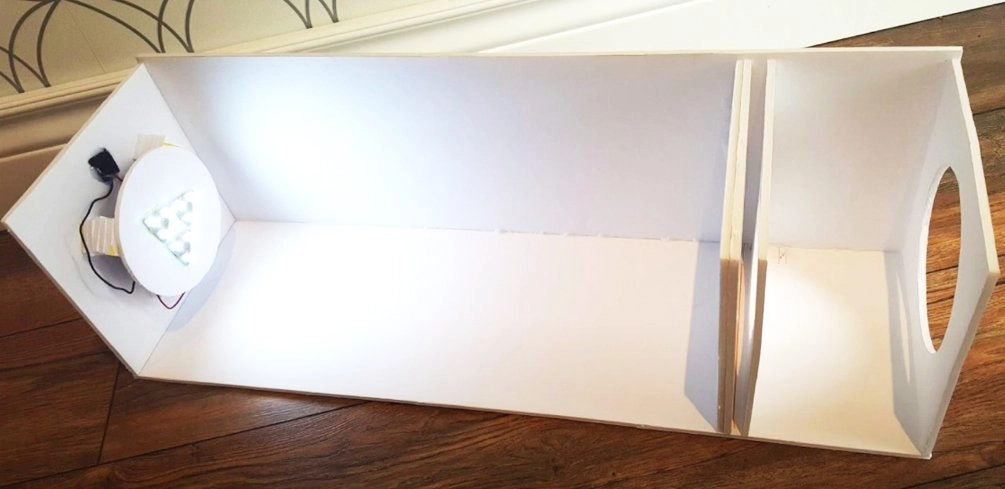Category: Telescope Guides

Eyepiece Projection vs Prime Focus- Which is Better for Astro-imaging?
The prime focus approach is preferred if you have a high-quality telescope and camera with flat field characteristics. Eyepiece projection is a simpler design that works well with consumer telescopes or DSLR imagers, making it the more popular option for astrophotography amateurs. Most astronomers prefer eyepiece projection to prime focus because of the imaging and…

Catadioptric Telescopes Advantages and Disadvantages
Advantages: Disadvantages: Catadioptric Telescopes are a little more complicated than your average telescope. They have an assortment of advantages and disadvantages. Here, we will explore both sides to help you decide if this type is right for you. Catadioptric Telescopes: Advantages and Disadvantages What is a Catadioptric Telescope? A catadioptric telescope is composed of a…

How to Choose the Best Focal Ratio for Astrophotography
A long focal ratio gives a narrower field of view and higher magnification. This is great for observing the moon, planets, double stars, etc. An ideal focal ratio for this type of object is f/10 or more. If you are interested in capturing wide views of galaxies, star clusters, and the Milky Way, a low…

How to Balance a Telescope for Astrophotography
Make sure your telescope is on a stable surface. Ensure that all three legs are planted firmly into the ground at their full length. Use a bubble level to make sure that the telescope tube is horizontal. Find an object at about the same distance as you plan to photograph and focus on it. Adjust…

How to Build Your Own DIY Digital Setting Circles
You’ll need two rotary encoders, mounting hardware, and the Digital Setting Circles (DSC) unit itself. The encoders do vary in resolution. Therefore, a higher resolution makes the DSC more accurate. Attach the encoders to your telescope’s axes to enable them to sense the scope’s position as it moves. They also send pulses to the DSC…

How High Should a Telescope Pier Be? Telescope Pier Height
You can quickly decide the telescope pier height by using the following method. P= A-B, Where: P= Pier Height A= Observatory wall height B= Position your OTA horizontal. You can get this the same way you do when adjusting your counterweight balance. Determining the telescope pier height is one of the most controversial when setting…

What is Flocking a Telescope?
Flocking is the process of applying an adhesive, fuzzy flock material to telescope optical surfaces. The goal is to improve contrast and reduce light scattering by the flocking material. When flocking a telescope, you want to be sure that the flock is not too thick. It should be applied thinly and evenly, making a smooth…

How to Clean a Telescope Mirror Using Alcohol
After proper dusting, your telescope mirror surface, spray the solvent (alcohol). You can either opt to use a tissue or cotton to wipe off the solvent. However, for proper cleaning, lay the tissue across the mirror and pour a little solvent on it. It will stick to the mirror through surface tension, and you will…

How to Autoguide Telescope without a Computer
Autoguiding a telescope without a computer is possible by the use of Stand-Alone Guiders. You can also opt for the DSLR which has the capability of performing an auto-guide without the help of a computer. The auto-guide is advantageous for making photography on target objects simpler, especially when you have deep-sky objects that are too…

How to Grind a Telescope Mirror in 10 Easy Steps
There is a question on whether to build or buy a telescope mirror amongst most astronomers. The whole deal is not about saving a few dollars. But instead, making your mirror will cost you more than you would spend buying the instrument. You probably have to spend a lot of hours creating it. However, most…

What are the Differences Between a Powermate and a Barlow?
A Powermate lens consists of 4 optical elements: negative doublet followed by positive doublets. Meanwhile, a Barlow lens contains 2 or 3 optical elements: achromatic negative doublets. The negative doublets configure to give in diverging rays that stretch out the light cone of the Barlow, thus giving a double or more magnification. This article gives…

Reflector vs. Refractor Telescope Pros and Cons
Anyone venturing into astronomy or astrophotography should understand reflector vs. refractor telescope pros and cons. Both telescopes have their uses and strengths that make them ideal for exploring the sky. Understanding the pros and cons of each telescope will help you decide which one is most suitable for your needs. Reflector and refractor telescopes are…

How to Make a Flat Frame Lightbox for Astrophotography?
Did you know you can make an astrophotography flat frame lightbox with the following simple steps? Although astrophotography is a complex subject, you shouldn’t have to buy expensive accessories for your telescope. You can make a flat field box with the simple steps above and produce images with even lighting. I have compiled all the…

Can you Polar Align without Polaris?
Yes. You can polar align a telescope’s polar axis without having a visual on Polaris. Use the following steps to adjust for polar alignment without Polaris. It is tough to align your polar axis without seeing the North Celestial Pole, but you can do it closely. It would be best if you were patient with…

